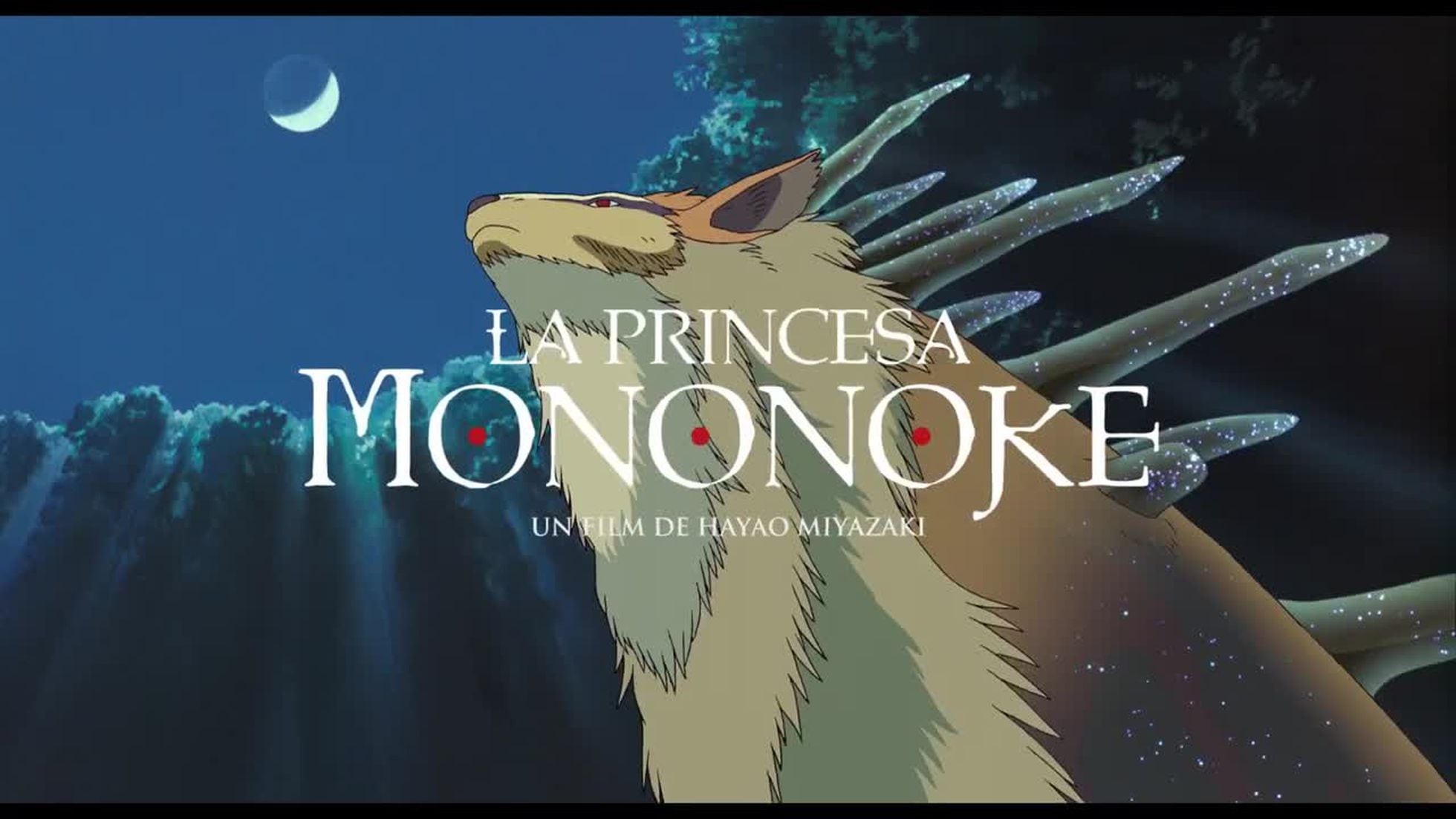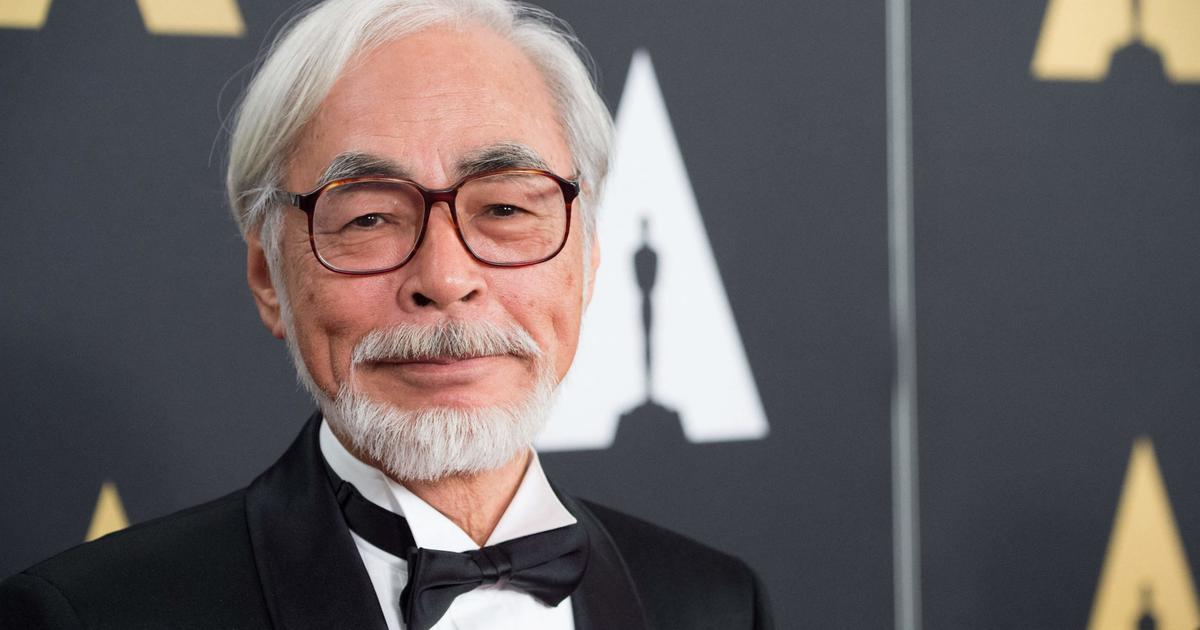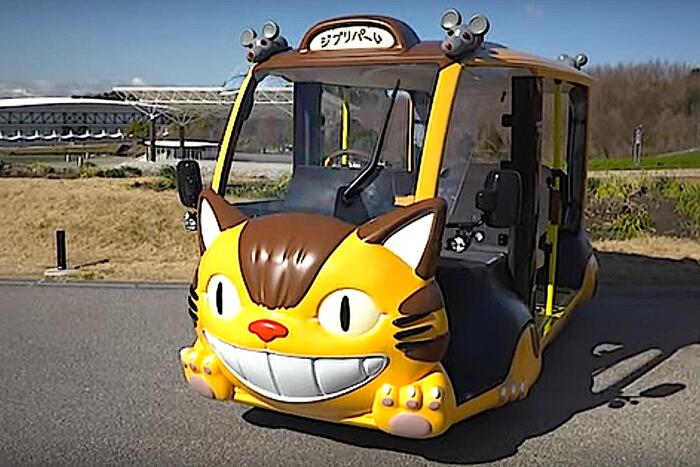This Friday, Princess Mononoke,
another of the wonders that emerged from the Ghibli studio, Japanese animation geniuses,
is being re-released in theaters in Spain, as a commemoration of the 25th anniversary of her birth .
On June 15, 1985, building on the success of
Nausicaä of the Valley of the Wind,
directors Hayao Miyazaki and Isao Takahata and producer Toshio Suzuki founded their own company, seeking creative and financial freedom.
Today anime and animation in general cannot be understood without the contribution of Ghibli who, in a world colonized by American cartoons, has won an Oscar, four other nominations, a Golden Bear in Berlin (a historic triumph in a class A festival) and the love and respect of millions of moviegoers.
More information
The world drawn by children
However, his future becomes darker.
With Takahata deceased, Miyazaki has had to retract his announced retirement twice so that Ghibli does not go bankrupt, given the poor critical and public results of films directed by members of younger generations, including his own son Gorô.
Between his 22 films (and while Miyazaki completes and premieres the new
How do you live?)
, here we review the best of Ghibli's glorious filmography.
10.-
The wind rises
(2013).
It was the film with which Hayao Miyazaki was going to retire —for the second time— from the cinema, to live longer in the cabin where he rested for a week a year for decades (by the way, it is the cabin of the Wolverine of cinema in Japan ).
It is a hymn to his first passion, aviation, and to his childhood idol, aeronautical engineer Jirō Horikoshi, creator of the Mitsubishi A6M Zero.
Between two gusts of wind far apart in time, Miyazaki builds a love story and the narration of an obsession.
Available on
Netflix.
9.-
Memories of yesterday
(1991).
Isao Takahata uses the protagonist, a twentysomething woman who travels to her house in the town of Yamagata to play the comparison of feelings aroused in the past and in the present.
The production was delayed a year, because contrary to what is usual in anime
,
Takahata decided to record the voices of the story of the present first and adjust the animation to the sound in search of greater verisimilitude.
Available on
Netflix.
8.- Howl
's Moving Castle
(2004).
Miyazaki found inspiration far away, in the 1986 novel by the British Diana Wynne Jones (it is not the only work of this author in the Ghibli universe) for a project that he actually inherited: he was not the director originally chosen for the adaptation.
It is curious how the filmmaker used it to underline his opposition to the Iraq war with this plea for pacifism.
Its protagonist is a milliner whose existence intersects one fine day with that of an eccentric magician, before suffering a curse that turns her into a 90-year-old woman (hence, she delves into compassion and treatment of the elderly).
Another hit: the entire
steampunk setting.
Available on
Netflix.
7.-
The Tale of Princess Kaguya
(2013).
The last film by Isao Takahata, who would die five years later, at the age of 82.
It is a delicate film, starring a girl who is found inside a bamboo plant by an elderly peasant couple, who adopt her as her daughter.
Each kimono that appears in the film is unique, and in its decoration the viewer can guess the season of the year and the wearer's social class;
for details like this
The Tale of Princess Kaguya
cost more than 40 million euros.
Available on
Netflix.
6.-
Ponyo on the cliff
(2008).
Very loosely based on Andersen's
The Little Mermaid,
the film tells of the relationship between a five-year-old boy (inspired by Miyazaki's son, Gorô, also a filmmaker, when he was that age), and Brunhilda (the boy baptizes her Ponyo after her fish-like appearance; it's actually a director's onomatopoeia for something soft and cuddly), a princess of the deep sea.
Another Miyazaki detail: the waves caused by the typhoon pay homage to
The Great Wave off Kanagawa
(1830), the mythical print by Hokusai.
Available on
Netflix.
5.-
The grave of the fireflies
(1988).
Terrifying and anti-war film where they exist, since it is based on a novel by Akiyuki Nosaka about his experiences during World War II.
The protagonists are two brothers fighting for survival in a land burned and devastated by bombing.
It was produced and released at the same time as
My Neighbor Totoro,
in order to finance the latter, which, however, was the one that triumphed at the box office:
Grave of the Fireflies
is an adult film, far removed from the
Totoro family show.
Takahata's masterpiece, appearing in a cameo as a sick man.
Available in
Filmin.
4.-
Princess Mononoke
(1997).
Set in the Japan of the Muromachi period, it describes the confrontation between the supernatural guardians of a forest and the humans who deplete its resources.
Mononoke is not exactly a name, but a description translatable as "avenging spirit".
It was the first animated film to win the Best Film Award from the Japanese Film Academy.
In its premiere in the US, Harvey Weinstein crossed paths, who as a distributor wanted to cut its footage (it lasts 134 minutes).
A horrified Miyazaki, who had been with the project since the late 1970s, objected.
Of the 144,000 drawings created for
Princess Mononoke,
Miyazaki hand-corrected (or retouched) more than 80,000.
Available on
Netflix.
00:31
Trailer for 'Princess Mononoke' for its 25th anniversary
3.-
My neighbor Totoro
(1988).
Huge success for the Ghibli studio, which ended up basing its logo on Totoro, a spirit of the forest with which a family from the late fifties is related, who has moved to the countryside when the mother is transferred to a hospital to overcome her tuberculosis (a wink from Miyazaki to his childhood, although its protagonists are two girls).
Totoro's name resembles the Japanese pronunciation of
troll.
A movie that children can watch from an early age.
Available on
Netflix.
2.-
Spirited Away
(2001).
Golden bear at the Berlin festival (the only animated film that has achieved it), Oscar for best animated film (the only one won by Ghibli of its five nominations)... A Miyazaki masterpiece, which I created without script, and which tells the story of a ten-year-old girl who is trapped in a magical world during a move, and that Miyazaki drew in the likeness of a friend's daughter.
By the way, the spider that she can't stop working on is a self-portrait of the author.
The film criticizes modern Japanese society, and praises traditional culture against globalization.
And as in almost all of Miyazaki's films, the damage caused by environmental pollution is pointed out.
Available on
Netflix.
1.-
Porco Rosso
(1992)
.
It may not be strictly Miyazaki's or Studio Ghibli's best film.
But it is the different one.
The rest of the anime master's work
it is based on his childhood biographical memories or concerns as an adult.
Porco Rosso
is Miyazaki giving absolute freedom to his inner child.
And that kid dreamed of airplane pilots, of aerial heroics, of pirates.
What's more, Studio Ghibli is named after the Caproni Ca.309 Ghibli aircraft, which used twin Alfa Romeo engines.
The protagonist of the film, Marco Pagot (surname that honors the family of Italian animators who created
Calimero),
is an Italian pilot who after the First World War suffers a spell and his appearance transforms into that of a pig, while he continues to fly across the Adriatic Sea as a bounty hunter.
Available on
Netflix.








